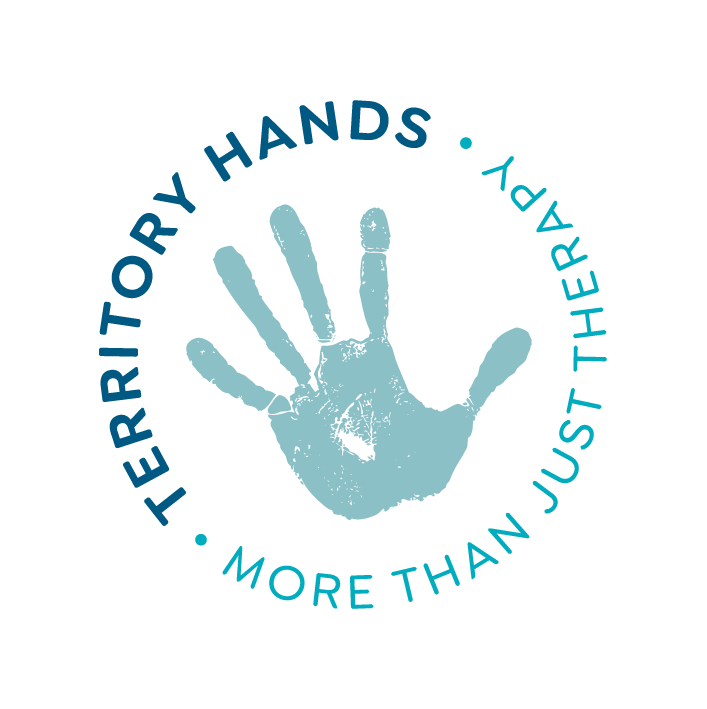Do you have a painful thumb - at the base near your wrist?
Well, you are not alone. Many people have thumbs that demonstrate the “kisses of time”. And just like those people we label as “grumpy old men” our thumbs can be grumpy and painful too. A painful thumb can often mean there are some arthritic changes in the base joint of your thumb. You might even have been told you have arthritis there, or osteoarthritis (OA).
Thumb arthritis occurs more in women than men but what is common to anyone with thumb OA is the restriction in what they can do, mainly due to pain. Not being able to open a jar or bottle of water or hold a coffee can be very frustrating as well. Some people have even given up activities they love.
If you’ve already googled thumb arthritis, you may have seen some images of quite dramatic looking arthritic thumbs. This doesn’t happen for everyone. Sometimes you can experience pain without any changes showing up on X Ray. This is because pain is a protective or warning system to alert us to look after whatever hurts.
So here are some tips on looking after your thumbs:
Relieve the strain - respect pain: When your thumb starts to complain, back off the activity, take a rest or change what you are doing.
Change the load: In pinch, the pressure applied between your finger and thumb tip is multiplied tenfold at the base of your thumb. That’s why you need to avoid tight grip and pinch. You can change the load in other ways by changing how you do things or building up the handle / grip on tools you use. There are also other devices around that make it easier to do things when your thumb aches or feels weak.
Balance activity and rest: Keep moving but not too much. Listen to you body and give your joints the recovery time they need. That means relaxing and taking regular breaks. Planning what you do will smooth the process.
Be fitted with a thumb support that works for you. These can be very useful to get you back doing things you may have given up on, or keep you doing the things you love.
Find ways to settle down that grumpy thumb: Heat packs, massage and supports are good options.
And if you need more help, come on in to see us. There is more information and some nifty things we can show you to quieten down painful joints and set you up to look after your hands. Then you can get back involved in the things you love to do.


